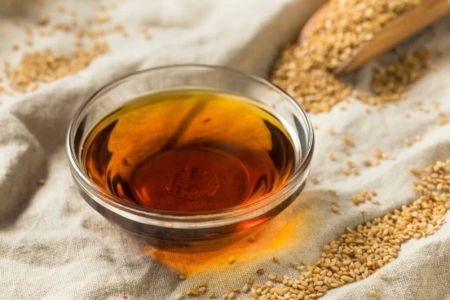- understanding-the-roots-of-authentic-chinese-fried-rice - Understanding the Roots of Authentic Chinese Fried Rice
- choosing-the-right-type-of-rice - Choosing the Right Type of Rice
- prepping-ingredients-for-perfect-texture-and-balance - Prepping Ingredients for Perfect Texture and Balance
- mastering-the-wok-technique-and-heat-control - Mastering the Wok Technique and Heat Control
- seasoning-secrets-for-authentic-flavor - Seasoning Secrets for Authentic Flavor
- real-life-story-how-my-father-taught-me-fried-rice - Real-Life Story: How My Father Taught Me Fried Rice
- finding-quality-chinese-ingredients-and-gear - Finding Quality Chinese Ingredients and Gear
1. Understanding the Roots of Authentic Chinese Fried Rice
How to Make Authentic Chinese Fried Rice: Tips for Perfect Texture and Flavor is a question many food enthusiasts have asked at some point. Fried rice is one of the most iconic comfort foods in Chinese cuisine. It’s fast, versatile, and deeply satisfying. But authentic Chinese fried rice isn’t just about tossing leftover rice into a pan—it’s a culinary tradition that balances texture, aroma, and flavor in precise harmony.
Historically, fried rice dates back to the Sui Dynasty (589–618 CE) and originated in southern China as a creative solution for using up leftover rice and vegetables. Today, it represents the heart of home cooking in countless households. In China, every family has its version—egg fried rice, Yangzhou fried rice, shrimp fried rice—each with subtle differences but rooted in the same fundamentals. The key is respect for ingredients, heat, and timing.
To master authentic Chinese fried rice, it’s important to understand its cultural context. It’s not a side dish; it’s often a standalone meal that reflects one’s cooking skill. And for many Chinese families abroad, it’s a taste of home. This guide takes you through every detail—from rice selection to wok handling—so you can recreate the dish with confidence and cultural integrity.
2. Choosing the Right Type of Rice
The foundation of perfect fried rice is, of course, the rice. One of the biggest mistakes home cooks make is using the wrong type or freshly cooked rice. Authentic Chinese fried rice requires cold, day-old medium or long-grain rice. Jasmine rice is a popular choice due to its slightly dry, aromatic nature. It holds its shape well and doesn’t clump together when stir-fried.
Freshly cooked rice contains too much moisture, which causes sogginess and prevents the grains from developing that desired “wok-charred” texture. Leftover rice stored uncovered in the fridge for at least 12 hours creates the perfect texture: firm, slightly dry, and ready to absorb seasoning without breaking apart.
Pro tip: If you’re short on time, spread hot rice on a baking tray and refrigerate it uncovered for 30–60 minutes. This flash-chilling method won’t fully replicate overnight drying, but it gets you much closer than using hot rice straight from the pot.
3. Prepping Ingredients for Perfect Texture and Balance
Authentic fried rice is all about balance. You want a contrast of textures—crisp veggies, tender egg, chewy meat, and slightly crispy rice. Preparation is everything. In Chinese cooking, mise en place isn’t optional—it’s essential.
Here’s what you’ll need for a classic fried rice base:
- Aromatics: finely chopped garlic, green onions, and ginger add fragrance.
- Eggs: lightly beaten and scrambled until just set. Add them early or midway through the stir-fry process for creamy richness.
- Vegetables: diced carrots, peas, and corn are common, but bok choy or Chinese broccoli offer a fresh twist.
- Protein: diced BBQ pork (char siu), shrimp, or chicken. For vegetarian options, tofu or mushrooms work beautifully.
All ingredients should be cut uniformly to ensure even cooking. Keep portions small to allow for high-heat stir-frying without crowding the wok.
4. Mastering the Wok Technique and Heat Control
The soul of authentic Chinese fried rice lies in the wok. It’s not just a pan—it’s a technique, a rhythm, and a source of heat management. In Chinese, the term “wok hei” refers to the smoky aroma and seared texture achieved only through high-temperature wok cooking.
To master this:
- Use high heat: Your wok should be smoking hot before adding oil.
- Work quickly: Stir constantly and keep ingredients moving to avoid burning.
- Layer your flavors: Add aromatics first, then proteins, followed by veggies, and finally rice.
- Don’t overcrowd: Too much in the wok lowers the temperature and ruins texture. Cook in batches if needed.
If you don’t own a wok, a heavy-bottomed skillet can substitute—but you’ll need to adjust your timing and accept that wok hei will be harder to replicate.
5. Seasoning Secrets for Authentic Flavor
Authentic Chinese fried rice relies on subtle seasoning—not drowning in soy sauce. Many Westernized versions turn fried rice dark and overly salty. In traditional versions, color remains light and flavors are layered, not masked.
The essential seasonings:
- Light soy sauce: Adds saltiness and umami without overpowering color.
- Oyster sauce: Just a spoonful enhances depth, especially in meat-based fried rice.
- White pepper: Adds gentle heat with a fragrant edge—preferred over black pepper in Chinese kitchens.
- Sesame oil: A few drops at the end bring nutty aroma.
Optional additions like Shaoxing wine, chicken powder, or MSG are used sparingly in many Chinese households to elevate savory notes. Authentic fried rice isn’t greasy or overwhelming; it’s layered, balanced, and aromatic.
6. Real-Life Story: How My Father Taught Me Fried Rice
Growing up, fried rice wasn’t a dish—it was a tradition. My father, a Cantonese immigrant who worked in a restaurant in San Francisco, would make it every Sunday. He never followed a recipe. Instead, he’d open the fridge, grab leftovers, and within ten minutes, magic filled the kitchen.
He always said, “The rice should dance in the wok.” That meant using high heat, confidence, and knowing exactly when to flip. I remember how he’d scrape the edges of the wok for crispy bits, toss in green onions at the last second, and let the aroma tell him when it was done.
Now, when I make fried rice for my family, I don’t just pass on a meal—I pass on memory, skill, and pride. It’s a ritual that connects generations, and the moment I smell that perfect blend of egg, soy, and wok smoke, I’m home.
7. Finding Quality Chinese Ingredients and Gear
A dish is only as good as its ingredients. To make authentic Chinese fried rice, sourcing matters. If you're struggling to find Chinese BBQ pork or real Shaoxing wine at your local grocery store, explore curated shops like Chinese Food—a reliable source for regional ingredients, cooking tools, and cultural insights.
Look for:
- Proper light soy sauce (not the generic “all-purpose” version)
- Oyster sauce from reputable brands like Lee Kum Kee
- Carbon steel woks that can build natural nonstick layers over time
- Jasmine rice from Thailand or medium-grain rice from Northeast China
By sourcing quality ingredients and respecting the process, you’ll taste the difference. Chinese fried rice isn’t complicated—but it deserves to be made with care and knowledge. Start small, taste often, and let your own version evolve.


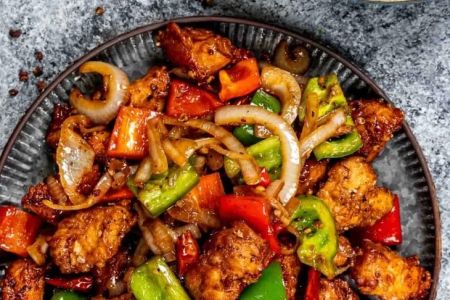
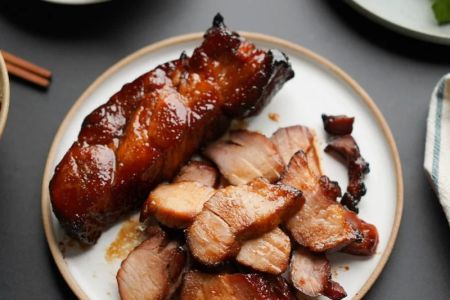
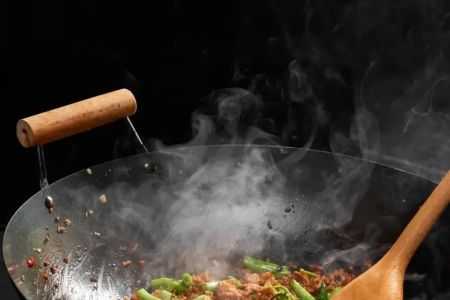
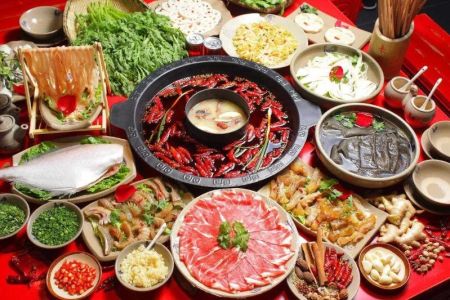
![Top Chinese Restaurants for Authentic Cantonese Cuisine in [Your City]](https://img.gochinarose.com/d33/2507/4157910400_450x300.webp)
